Pilot who witnessed infamous declassified UFO says object committed ‘act of war’ during encounter
11 Sep, 2020 17:06
One of the former fighter pilots who encountered a mysterious flying object off the coast of California in 2004 says the unidentified phenomena committed an “act of war” in the unexplained encounter.
Commander David Fravor witnessed the Tic Tac-shaped object perform extraordinary aerial maneuvers that no known human technology is capable of in November 2004. The former US Navy pilot said the UFO was unlike anything else he ever encountered.
Commander Fravor was dispatched to investigate the area after radar anomalies were detected. He was followed by other pilots who successfully recorded footage of the strange phenomena. The video was leaked in 2017 before being declassified by the Pentagon earlier this year.
ALSO ON RT.COM‘That’s a hell of a video!’ Trump’s reaction to Pentagon’s declassified UFO footage leaves ET hunters puzzled
Fravor recounted the perplexing encounter in a podcast interview with Massachusetts Institute of Technology scientist Lex Fridman. “This is not like, ‘we saw it and it was gone’, or ‘I saw lights in the sky and it's gone’ – we watched this thing on a crystal clear day with four trained observers,” Fravor recalled.
The ex-pilot said that any time he tried to get close to the object it rapidly accelerated and was gone in less than a second. “I remember telling the guy in my back seat, ‘Dude, I dunno about you but I'm pretty weirded out.’”
After landing, Fravor mentioned the UFO to a colleague, Chad Underwood, who successfully located the unidentified phenomena only for it to jam his radar. “He's telling the radar, ‘Stare down the line of sight, whatever is there I want you to grab it and build a trace file on it,’ which will tell you where it is, how fast it is and the direction that it's going,” Fravor explained to Fridman.
“The radar is smart enough that when the signal comes back if it's been messed with, it will tell you - it will give you indications that it's being jammed .... It's being jammed into about every mode you can see ... You can tell it's being jammed,” he added.
When you actively jam another platform, that's technically an act of war.
When discussing where he believes the craft came from, the former fighter pilot said it could do things that no known human technology is capable of. “I don't like to get into little green men but I don't think we've developed it ... I think you can hide things for a while. This is a giant leap in technology.”
ALSO ON RT.COMSenate committee seeks to force US government & military to DECLASSIFY all data collected on UFOs
Like this story? Share it with a friend!
Podcasts
Witch's
Accessibility Links
On 23 January 1484, the English parliament issued Titulus Regius, explaining why the newly crowned Richard III was the legitimate heir to the throne instead of the children of his brother, King Edward IV, and Elizabeth Woodville. Among the reasons listed was the fact that Edward and Elizabeth’s marriage only came about “by Sorcerie and Wichecrafte, committed by the said Elizabeth, and her Moder Jaquett Duchess of Bedford”. More than a century before the mass witch-hunts that so characterise our knowledge of early modern Europe and Colonial America, this seems like a shocking piece of information. But witchcraft has a long history, and although it is not an issue we commonly associate with the Middle Ages, belief in magic was indeed prevalent during this period.
England was actually behind the continent in terms of developing distinct ideas of witchcraft – and using it for political ends. But while people may have been sceptical in individual cases as to whether or not a person had engaged in witchcraft, it was universally agreed in the medieval period that there were people who could harness magic and use it for good or for ill. Moreover, lines between science and witchcraft were blurred in the Middle Ages and not as clear-cut as we might imagine today.

Magic was present at all levels of society across the medieval period – from telling the future to destroying crops; from killing people to making them fall in love; there were many different avenues of medieval magic. It is crucial to remember that these were not ideas taken lightly: kings would pay the church to say prayers in their protection when plots of sorcery were in the air, for example. They would have objects imbued with charms to protect them from poison, or to protect their wives during childbirth.
There was not yet a complete atmosphere of hysteria against witches, but it was certainly believed in the medieval period there were people capable of casting spells. And it is important to remember that people really did perform rituals using herbs and charms to try to bring about an act of magic, whether for good or for bad.
Medieval astrology
By the 14th century, most of the major courts on the continent employed astrologers who would be used by monarchs or courtiers to advance their causes. Astrologers could advise a king when the stars were best aligned to bring about success in a battle, for example, or they could draw up charts for an ambitious noble to predict whether they would have a rise to favour.
Many doctors in various countries were also required to know astrology in order to best treat their patients: it was thought treatment would be more successful if performed in conjunction with the patient’s astral alignment. One example from a 1395 version of the Centiloquium explained that different body parts were connected to different astrological signs. It instructed that doctors should not bleed a limb when the moon is in the sign relating to the limb that was being bled, as it would be dangerous. It was thought that the moon encouraged the ‘humours’, essentially bodily fluids, to flow, and so bleeding when the moon was connected to that limb could encourage infections or spasms and be treacherous for the patient.
Opinion was divided as to the accuracy of astrology as a science, however, and some religious men argued that it was heretical against the control of God in people’s lives. But astrology was in most aspects considered a very strict science. In the 1350s, Charles, Dauphin of France, began to amass a huge library of astrological texts. Two decades later, when he was king, he endowed a college of astrology and medicine at the University of Paris. Even the papal court had a gathering of certain types of astrologers.
The danger of astrology, however, was that it increasingly found alignment with users of malign magic. Charts which could be used by doctors to track the stars and decide upon the best course of treatment for their patient could also be used by sorcerers to ensure the planets were in the right positions to perform an evil spell, for example. And it could later be difficult to argue that said charts were designed be used for good and not for evil if accusations were thrown.
Necromancy
Increasingly, astrology became associated with educated men who had the access to texts and knowledge to practice it. Meanwhile, the practice of necromancy – a type of magic where, it was believed, someone could conjure spirits of the dead who would then be able to imbue wisdom of events to come – began to become more widespread. It was thought these spirits of the dead could answer questions of the living and tell them their future.
The idea of necromancy had been around for centuries, with Isidore of Seville writing about it back in the 7th century, but by the 15th century it was established in England that necromancy was the reserve of very educated men. Necromancy was not any old craft that a peasant could learn, but a very elite form of magic. Only men who could read and write; who had been to university; and who had access to a wealth of books could learn the skills required to perform it. This became of vital importance to accusations against royal women in the 15th century. A woman, even of such high status as to be part of the English royal family, would not be believed by the masses to have the knowledge to perform necromancy themselves.
Witchcraft and ‘women’s magic’
So what type of magic could women access in the medieval period? Popular were fertility potions and charms for women who were struggling to conceive a child with their husband, and even for those who were wanting to make a potential partner fall in love with them.
Across much of the medieval period, magic was not necessarily gendered. By the 15th century, however, a split was opening up between high-level magic performed by educated men, and witchcraft more likely to be performed by women. In 1487, the Malleus Maleficarum, also known as the Hammer of Witches, was published. At the time it was only one of many theories that abounded as to what exactly a witch was and how to identify one.
The writer, Henry Institoris, very clearly associated witchcraft with women. Witches were considered to have been given their powers by the devil, and as women were said to be weaker than men, they were supposedly more susceptible to the devil’s grasp. Institoris also claimed that women were highly emotional and would usually engage in witchcraft in order to gain lovers or to punish past courtesans who had scorned them. As such, ‘immoral’ women in the community who were known to have engaged in adultery or extra-marital sex were to be considered with suspicion. Although the Malleus was not immediately taken up as a so-called manual to find witches, within the next 50 years or so the ideas proposed by Institoris became part of the most widely agreed upon definitions of witches.
Ideas of witchcraft had been circulating for centuries prior to this point, and as such there had been many high-profile cases of witchcraft accusations. Fourteenth-century France saw a crisis of monarchy with the death of several kings in quick succession (Louis X, reigned 1314–16; John I 1316; Philip V 1316–22; Charles IV 1322–28), and the mental illness of Charles VI (born in 1368). Since his mid-twenties Charles would often forget who he was and that he was king, and not remember who his wife was. Most famously, he had times where he believed he was made of glass. To the French people, who were struggling to understand the crisis, evil witchcraft became an obvious answer to why things were going so wrong. One suspect was Charles’ sister-in-law, believed to be a sorceress as his insanity often calmed in her presence.
Royal witches and ‘love magic’
It is in 15th-century England where the development of ideas of witchcraft can truly be seen to have been both informed by high-profile accusations, and to also influence the accusations themselves. Early in the century, Dowager Queen Joan of Navarre (c1370–1437), second wife of King Henry IV of England, was accused of using evil magic to try to kill her stepson, Henry V, alongside a small handful of accomplices. The ideas were not overly developed, however, and the methods supposed to have been used are not entirely clear. It was merely said she tried to kill him in the most “evil and terrible manner”. She was imprisoned in Leeds Castle for several years, until Henry V released her upon his deathbed.
However, a few decades later Joan’s step-daughter-in-law, Eleanor Cobham (c1400–52), who was Duchess of Gloucester, was also accused of using evil magic to kill the king, this time Henry’s son, King Henry VI of England. Here, however, the developing idea of gender roles in magic becomes clear.
Eleanor allegedly had several highly educated members of the clergy use necromancy and other means of sorcery to cause Henry VI’s death. This was crucial because, as seen earlier, it would not have been credible for Eleanor as a woman, especially of lower birth (she being the daughter of a knight), to have performed necromancy herself. A lower-class woman who was known to have performed witchcraft in the past was also accused, and Eleanor used gendered magic to her defence. Instead of admitting to trying to kill the king through magic, Eleanor claimed instead she had used the female witch for love potions to conceive a child with her husband. Eleanor, a woman who had previously been a mistress, fit the mould of a ‘loose’, emotional woman who would resort to love magic far more readily. As punishment she was divorced from her husband and imprisoned for life, dying alone in the remote Welsh castle of Beaumaris.
- Elizabeth Woodville: Edward IV’s controversial queen
- Marrying for love: Edward IV and Elizabeth Woodville
By the end of the 15th century, Eleanor’s case and other developments in the ideas of witchcraft had clearly linked women with love magic in England. This is what made it so easy for Richard III and his parliament to claim that Elizabeth Woodville and her mother, Jacquetta, had used witchcraft to make Edward IV fall in love with Elizabeth and have her children. It was readily accepted that women who were viewed in some quarters as social upstarts would use emotional magic to get power.

For anyone at the English court in the 15th century, life was dangerous. With civil wars, usurpations, and favourites vying for power, you could never be too sure how long your influence would last. The women at court, however, had to be especially careful: in a time where loyalty could not be guaranteed, and enemies were looking for any way possible to bring down a rival, women were far more easy to target than men. They could not command the same power and they did not hold official positions in government.
Some royal women managed to survive long enough to outlive the accusations against them, while others suffered horribly. In all events, the successful accusation of witchcraft against English royal women in the 15th century cemented theories of witchcraft in the public psyche to become even more dangerous in centuries to come.
Gemma Hollman is the author of Royal Witches: From Joan of Navarre to Elizabeth Woodville (The History Press, October 2019). She works full-time in the heritage industry and also writes and curates the Just History Posts blog.



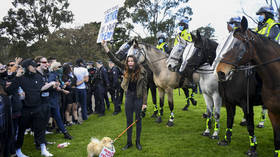


















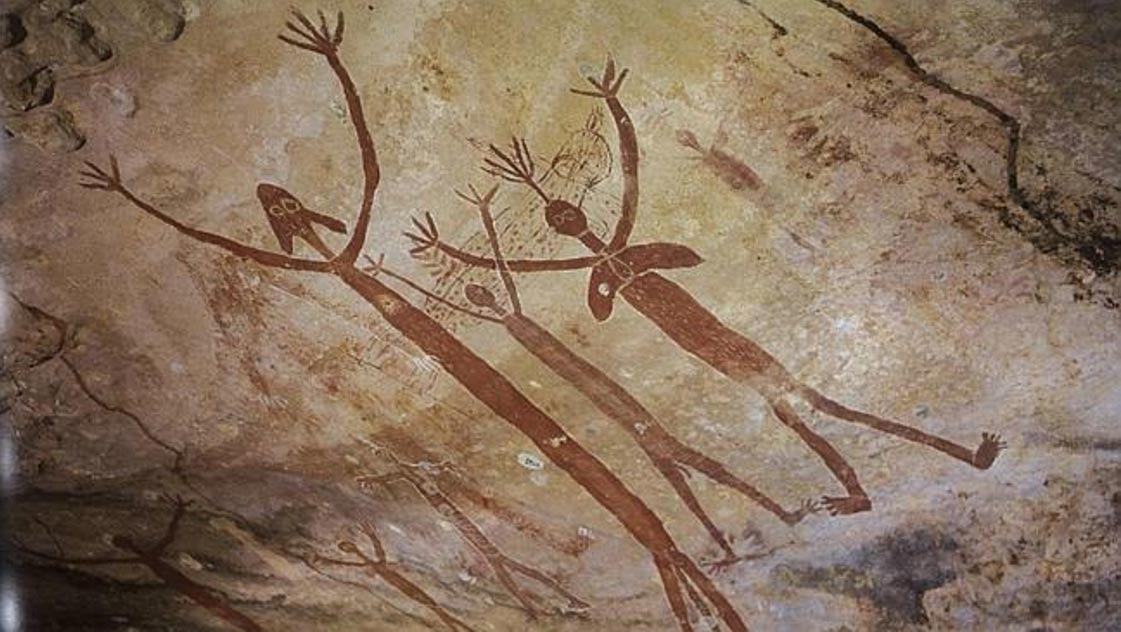
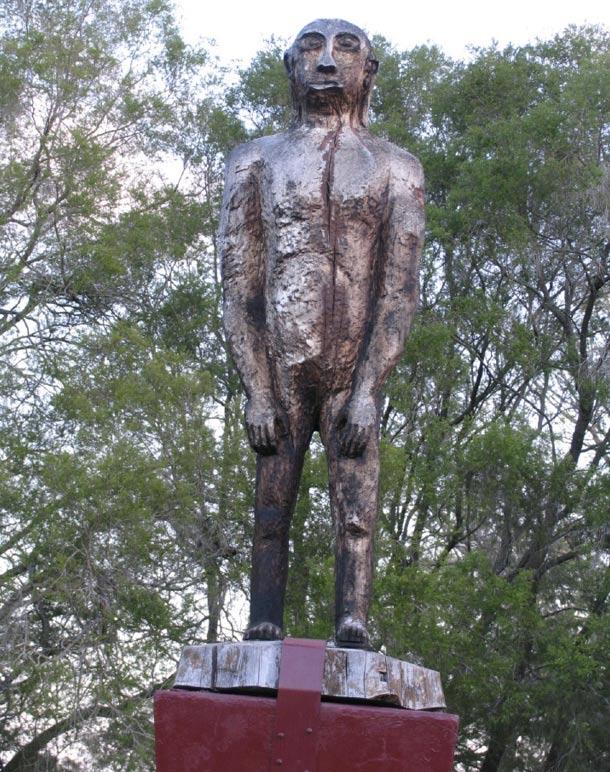
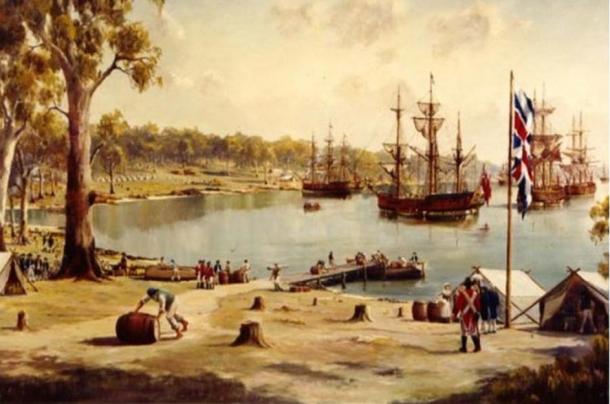
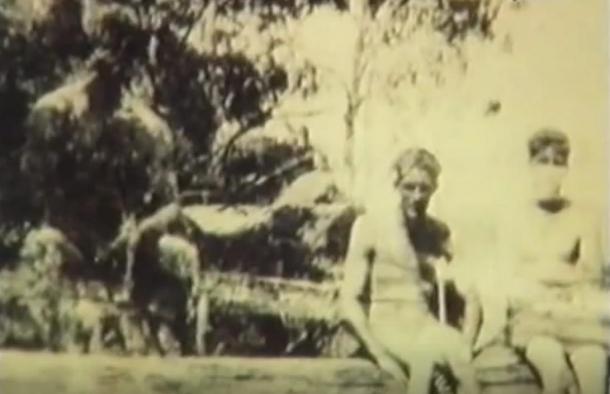
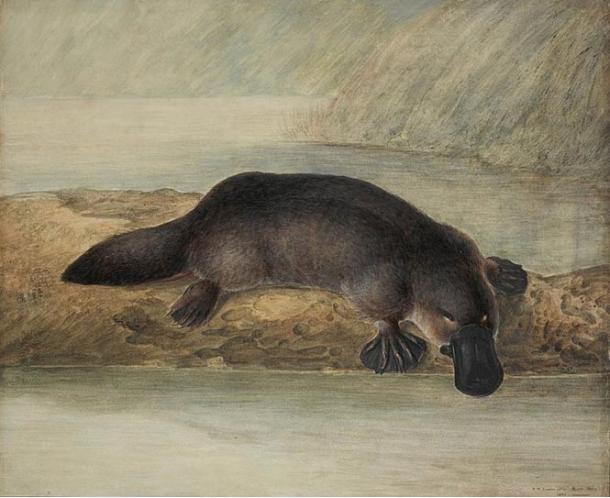
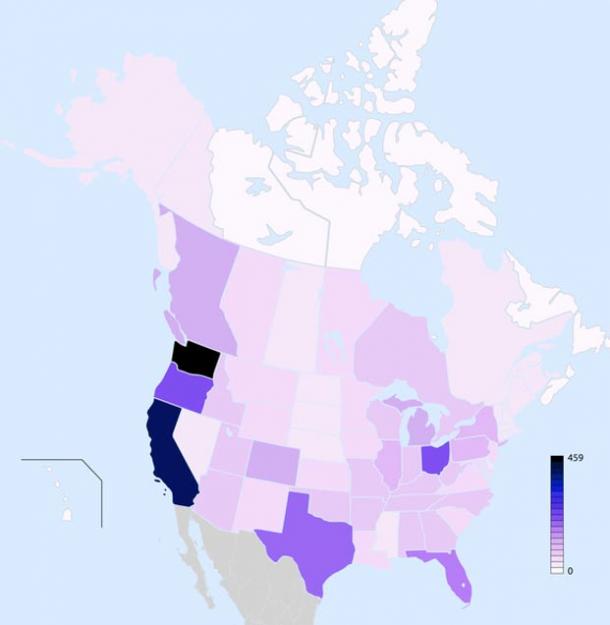
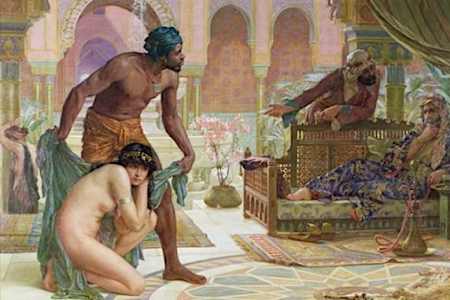




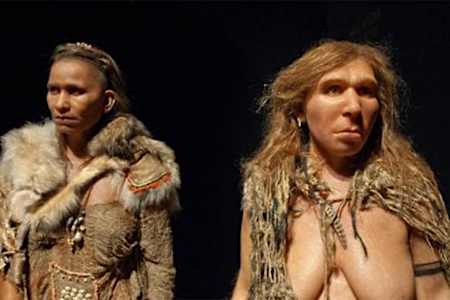
![[Pics] Wife Vanishes After Doctor's Appointment, 42 Years Later They Find Her [Pics] Wife Vanishes After Doctor's Appointment, 42 Years Later They Find Her](https://images.outbrainimg.com/transform/v3/eyJpdSI6IjUxN2IyYjExZGI2Y2RhYjhmZmIzMzI5NmNmZDVhMDQ1ZjRlOTk3MmQyZGU2ODY0ZTI1MWU3N2JjZmJmYmExMGUiLCJ3IjozMDAsImgiOjIwMCwiZCI6MS41LCJjcyI6MCwiZiI6MH0.jpg)
![[Pics] Man Moves Out Of His House After He Found A Secret Room Containing This... [Pics] Man Moves Out Of His House After He Found A Secret Room Containing This...](https://images.outbrainimg.com/transform/v3/eyJpdSI6ImI0MWJmZDZlZGY0MTE2MjFmZmUxNjY3OTNhZjUyOWU3OGMyYzRjNjM3MGI5OTliOWQ5NGE5YzI1ZjA2NGQ1NjkiLCJ3Ijo0ODAsImgiOjE2MCwiZCI6MS41LCJjcyI6MCwiZiI6MH0.jpg)
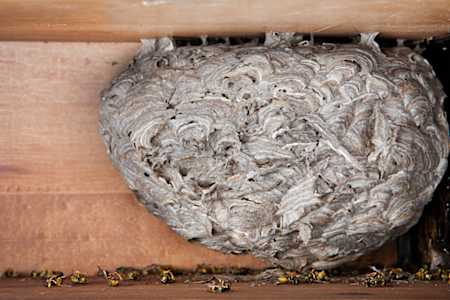

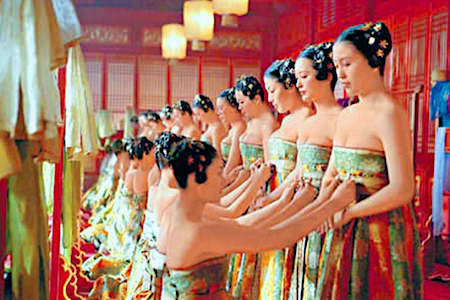
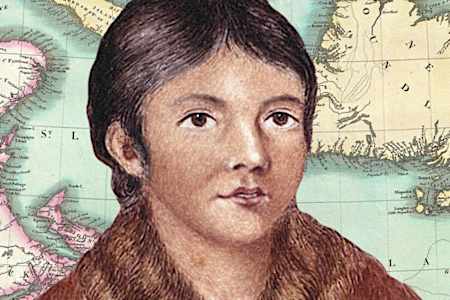















No comments:
Post a Comment